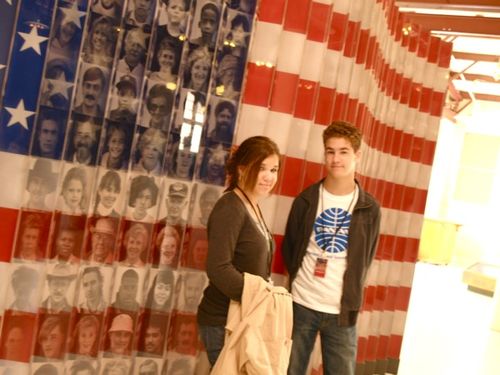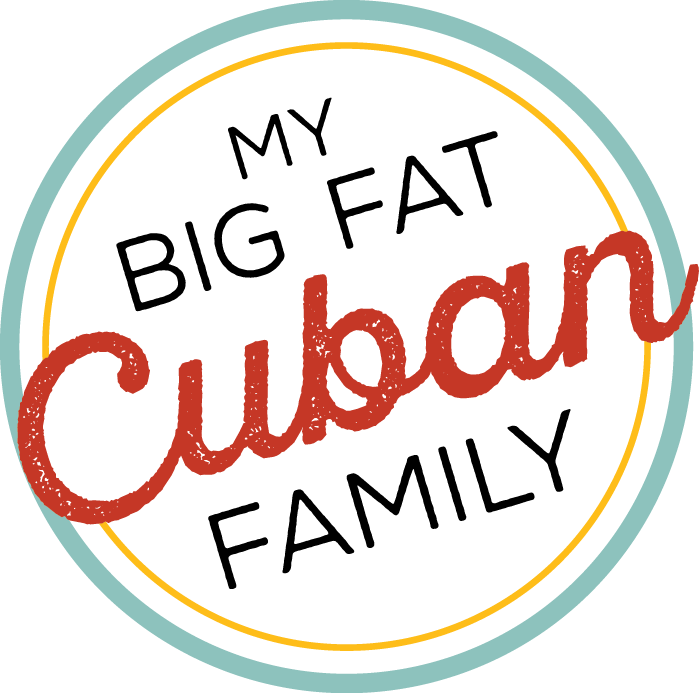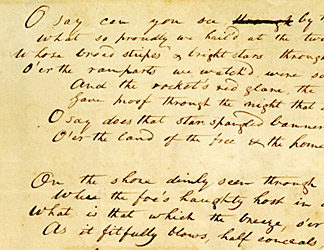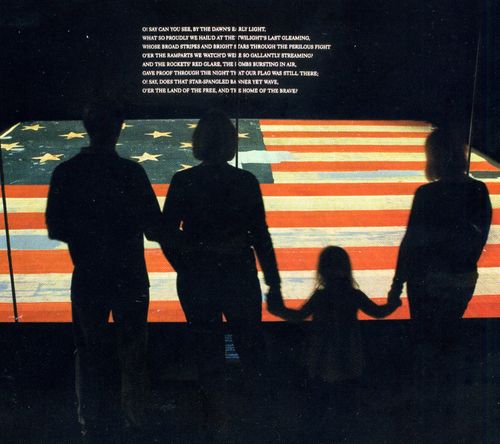The Star-Spangled Banner
/Today's History Lesson for Your Edification:
There was a young and deeply religious lawyer by the name of Francis Scott Key, who had a well-established law practice in Georgetown, near Washington, D.C.
Although he was opposed to the War of 1812, he had a deep love for his country and served in the Georgetown Field Artillery in 1813. He devoted himself to helping many people, some even British soldiers when they were sick or wounded. The British had captured his friend, Dr. William Beanes.
On September 13th of 1814, the British prepared to attack Baltimore. The British agreed to release Dr. Beanes to Mr. Key and another friend John Skinner, but required that they stay on board a British ship until they had finished their attack.
The three Americans could do nothing but watch and wait as the British navy fired huge 200-pound bombs and rockets at Fort McHenry. There were so many ships sunk in Baltimore Harbor that the British could not get closer to land.
The British warships continued to fire upon Fort McHenry. They fired all night. They fired continuously for twenty-five hours.
After witnessing this horrendous bombing from their place on the British ship, the Americans were afraid that Baltimore would be conquered. There was no way to see what was happening because of all the smoke and the very dark night.
Finally at dawn, on September 14, 1814, Mr. Key looked through the telescope. There in the early morning light, he saw that huge (30 feet by 42 feet) flag waiving proudly over Fort McHenry.
The Americans won the battle and he was overcome with joy. In his celebratory inspiration he wrote the following:
Oh, say can you see by the dawn's early light
What so proudly we hailed at the twilight's last gleaming?
Whose broad stripes and bright stars thru the perilous fight,
O'er the ramparts we watched were so gallantly streaming?
And the rocket's red glare, the bombs bursting in air,
Gave proof through the night that our flag was still there.
Oh, say does that star-spangled banner yet wave
O'er the land of the free and the home of the brave?
When we visited Washington D.C. in May, we had the privilege of seeing the original Star-Spangled Banner.
Thirty feet by forty-two feet, made of wool and linen. It has been preserved and is on display at the Smithsonian Museum of American History.
The National Anthem always makes me tear up some. Especially at baseball games. (I know. Shut up.)
When we rounded the corner of that exhibit and saw the actual flag that was flying over Fort McHenry on September 14, 1814, as the Star-Spangled Banner played in the background, the tears started flowing.
This time I stood with Francis Scott Key, who felt defeated until the smoke cleared and he asked with awe and wonder:
O say does that star-spangled banner yet wave, o'er the land of the free and the home of the brave?
I stood before the original star-spangled banner and just wept as I asked that same (now more intensely poignant) question and answered with a resounding YES!
Yes, I am Cuban-born.
And yes, I'm proud to be a Naturalized American Citizen.
I'm fiercely patriotic.
I love this great country.
I love the American flag, as it is the symbol of freedom to the rest of the world.
Today I'm in awe of those who pledged their lives and their fortunes to secure the freedoms we enjoy.
I'm grateful that my kids have known nothing but freedom because we live here in America.
Happy Independence Day!
There are so many countries on this earth who wish they could say exactly that.
I'll never, ever take that for granted.

Lucy and Jonathan in front of the flag exhibit on Ellis Island. May 2009.













